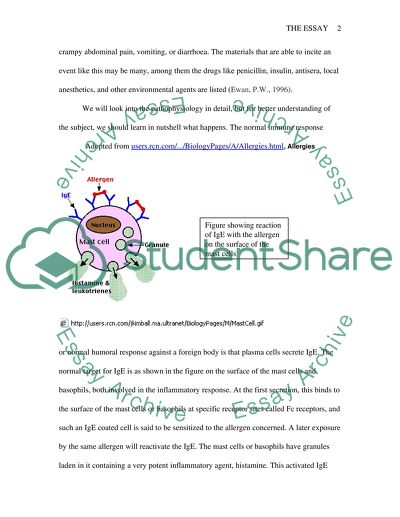Cite this document
(“Pathophysiology Research Paper Example | Topics and Well Written Essays - 2500 words”, n.d.)
Pathophysiology Research Paper Example | Topics and Well Written Essays - 2500 words. Retrieved from https://studentshare.org/biology/1507434-pathophysiology
Pathophysiology Research Paper Example | Topics and Well Written Essays - 2500 words. Retrieved from https://studentshare.org/biology/1507434-pathophysiology
(Pathophysiology Research Paper Example | Topics and Well Written Essays - 2500 Words)
Pathophysiology Research Paper Example | Topics and Well Written Essays - 2500 Words. https://studentshare.org/biology/1507434-pathophysiology.
Pathophysiology Research Paper Example | Topics and Well Written Essays - 2500 Words. https://studentshare.org/biology/1507434-pathophysiology.
“Pathophysiology Research Paper Example | Topics and Well Written Essays - 2500 Words”, n.d. https://studentshare.org/biology/1507434-pathophysiology.


